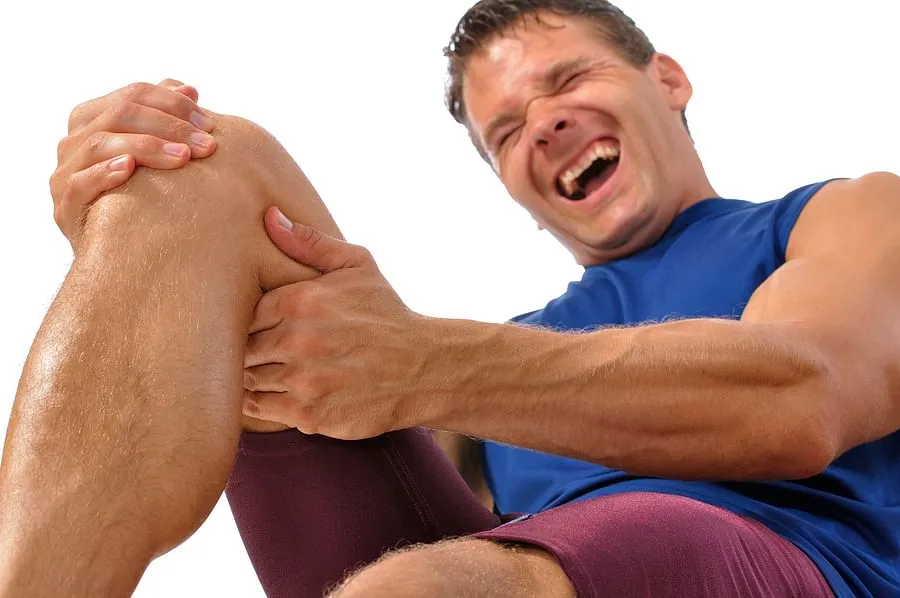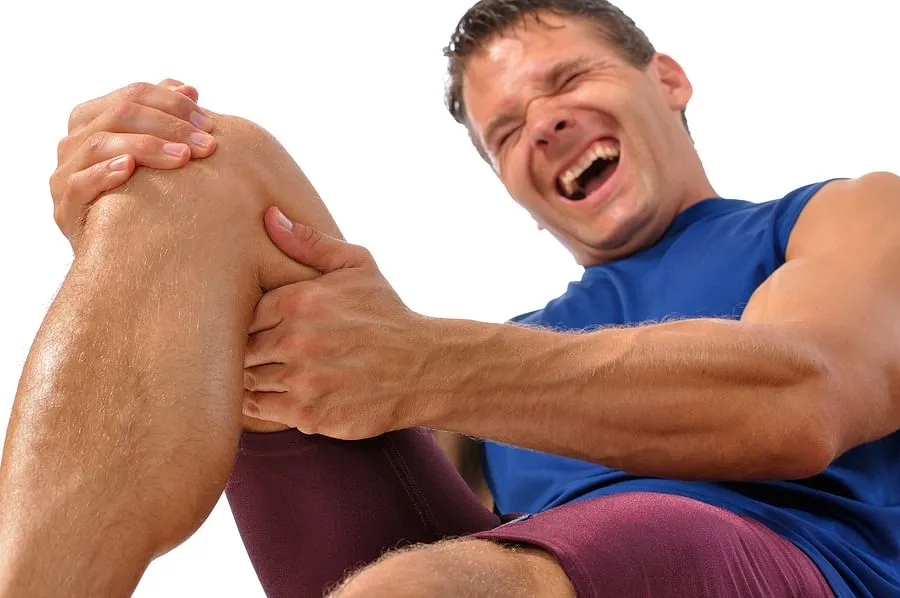Cholesterol management is regarded as one of the most essential procedures for maintaining heart health. In the blood vessels, cholesterol accumulates and impedes the natural flow of blood. As high cholesterol levels are known to cause major health issues such as heart disease and stroke, and since this threat can affect people of all ages, it is crucial to be cautious about its prevention.

Dietary and lifestyle changes can be the leading cause of elevated cholesterol levels. By promptly recognising and treating its symptoms, the risk of developing a serious illness can be decreased. Regrettably, in the early stages, the symptoms of excessive cholesterol are not readily apparent, but they can be diagnosed by observing certain bodily indications.
Are you aware that foot discomfort can also be an indicator of this?
Leg pain and high cholesterol
The condition of elevated cholesterol is frequently associated with elevated blood pressure, the risk of heart attack, and walking difficulties. Some of its symptoms may be attributable to foot issues. When there is an accumulation of cholesterol in the arteries, peripheral arterial disease, which affects the legs, begins to develop.
If you experience foot pain that frequently improves after a period of rest, this could be an indication of rising cholesterol levels.
Blood circulation begins to become blocked.
According to health professionals, elevated blood cholesterol levels can constrict or clog arteries. If the problem of rising cholesterol levels in the arteries is not addressed, the blood flow in many sections of the body becomes impeded. When blood circulation in the legs begins to deteriorate, the risk of peripheral artery disease rises.
Be familiar with Peripheral Artery Disease
With Peripheral Arterial Disease, the legs experience occasional discomfort and stiffness. These sensations typically worsen after walking or other physical exertion, but improve after a brief period of rest.
In contrast, the pain in the feet does not subside as rapidly without medication and treatment due to other causes. If you are having these symptoms, you should seek medical attention immediately.
Furthermore pay attention to these indicators of rising cholesterol levels.
Even if there are no symptoms of high cholesterol, the only method to detect it is through a blood test. On the basis of certain physical indicators, it is possible to determine whether or not your cholesterol levels are rising.
nausea frequently.
Numbness in the limbs
Extreme tiredness.
Chest discomfort or angina.
There is trouble breathing.
Coldness or numbness of the hands and feet.
Persistence of the hypertension problem
